Planning a trip around the world itinerary is no mean feat… To tell the truth, we’d spent quite a few evenings discussing, researching, imagining, compromising, and uncorking a little bottle to keep us going… It has to be said that there are quite a few things to take into account when planning a long-term travel itinerary: desires, budget, climate, etc. But don’t panic, we’ll help you sort it all out!

- Should I plan an itinerary around the world?
- What should you consider when planning your trip around the world itinerary?
- How do you plan a trip around the world itinerary ?
- Final tips for traveling around the world
- What are the cheapest countries to visit?
- Some ideas and examples for round-the-world itineraries

You are currently reading the third chapter of our free ebook How to travel the world, in which you will find all the necessary advice and preparations for your trip around the world!
In addition to the version on the blog, there is a PDF version to read it peacefully on your computer, smartphone, or tablet, or to print it 🙂.
Should I plan an itinerary around the world?
This is perhaps the first question to ask, and as far as we’re concerned, there are two schools of thought:
- Are you going on a trip with no return date? Then an itinerary is not essential, or perhaps just for the start of the trip when you cross your first countries.
- Do you have a limited amount of time in which to travel around the world (6 months or 1 year)? In that case, an itinerary is a good way to structure your trip.
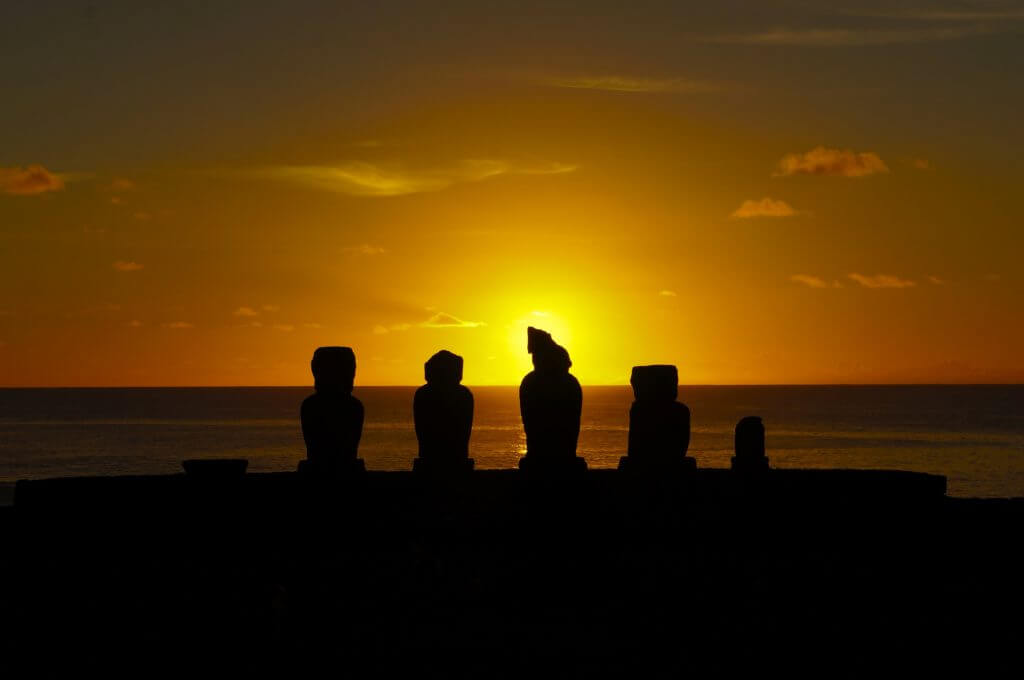
Why plan a round-the-world itinerary?
Initially, we weren’t too keen on having an itinerary all mapped out before we left on our trip around the world… We wanted to leave room for the unexpected, for encounters, and keep as much flexibility as possible. Nevertheless, we decided to sketch out the route of our trip for the following reasons:
- Drawing up an itinerary forced us to put our ideas on the table, share our respective desires, and give our adventure a direction.
- It also forced us to find out about certain destinations and countries that interested us. For example, we started our trip in China, and I can guarantee that having information on local customs, transport and practical tips in our heads helped us a lot when we got there.
- Generally speaking, doing your homework when traveling in a country that’s not your own is simply a mark of respect for its inhabitants. It shows that we’ve taken an interest in local customs beforehand, and can help us avoid certain faux pas.
- As we opted for round-the-world tickets, we had to have at least a rough outline of our travel itinerary. It doesn’t have to be ultra-precise, as round-the-world tickets are quite flexible. However, you should at least know the direction of the trip and more or less the regions that interest you.
However, drawing up a round-the-world itinerary doesn’t mean drawing up a day-by-day plan for the coming year! It gives you an overall idea of where you want to go, at what season/time of year, the must-sees, what to avoid…
Our around-the-world itinerary changes

Keep in mind that nothing is set in stone, and you need to remain flexible. The key is to know that you can change your itinerary along the way, according to your wishes and the conditions. Even if you go off on your own, there will always be a time when you’ll have to worry about administrative and environmental issues. This can range from visas to weather conditions to budgeting (an unforeseen event?).
To tell you the truth, our itinerary around the world changed drastically during our round-the-world trip… We knew our adventure would start in China, and then continue in Taiwan for 4-5 months in Southeast Asia. The length of our stay and the order in which we planned to visit the countries in this part of Asia were radically altered during the trip. For example, we were supposed to stay 20 days in Vietnam, but ended up staying twice as long!
Also, we eliminated Australia from our plans and completely reversed the order of the South American countries. As we arrived 3 months later than planned on the American continent, our climate and itinerary logic was turned upside down and we had to adapt to optimize the seasons. So why bother planning an itinerary at all? In fact, having an initial roadmap served us well, as it forced us to think about these details in advance!
To take things a step further, we’ve gone into a little more depth on the subject in the article “How to make a success of your round-the-world trip”. In it, you’ll read about the importance of listening to yourself and remaining flexible during a long-term trip.
Do I need a return ticket?
When you say itinerary, you say return… Depending on your project, it may be worthwhile to buy a return plane ticket.
Example: you’re going away for 6 months, not a day longer (due to professional or other imperatives). In this case, it may be worth buying your plane ticket before you leave, as you’ll be returning home on that date, whatever the cost. We’ve devoted an entire article to round-the-world tickets if you’re interested!
What should you consider when planning your trip around the world itinerary?
There are several things to bear in mind when you start planning the itinerary of a round-the-world or long-term trip. Here’s a short, non-exhaustive list to get you started!
The duration of your trip
The length of your trip is a complex equation, depending mainly on your budget, your professional availability (sabbatical leave or not), and your desires. To give you an idea, most backpackers travel between 6 months and 1 year around the world. You can of course choose to travel for longer, but the budget automatically becomes more substantial.

How to travel longer?
However, it’s not necessarily proportional and still depends on your future choices. If you go away for longer, you also stay longer in one place. And that means significant savings, whether on transport or accommodation. Renting a studio (or other) over several weeks/months is cheaper than sleeping in hotels or guesthouses. We did this in Ecuador and Argentina, and thanks to this more “static” stay, we were able to extend our world tour by 6 months! The important thing is that we had the freedom and, above all, the desire to do it.
Another solution for traveling longer is to have a job that allows you to be mobile and work en route. In the chapter dedicated to budgeting, we’ve written a whole section on jobs that allow you to travel.
What is the optimum duration of a trip around the world?
After returning from our trip, we recommend that you take a minimum of 6 months to get the most out of your adventure. Why? Because that’s the minimum length of time you need to completely cut yourself off from your daily routine and visit several countries. The truth is, it’s hard to enjoy a country and its culture if you’re only there for 1 week 😉.
6 months is a good length of time if you’re planning to travel to a single continent or a specific region. A road trip to South America, a trip to Oceania, or a backpacking trip to Southeast Asia… In short, 6 months gives you plenty of time to explore!
On the other hand, if you want to travel around the world on several continents, then I’d advise you to plan more than 6 months’ travel. This allows you to change countries and continents several times, without having to race against the number of countries crossed.

Your expectations and desires when choosing countries
This step can be critical when you’re planning a round-the-world trip with at least two people, whether with friends or family. You’ll need to agree on the places to visit and the things to do, as each of you usually has very specific expectations.
Our advice: draw up an itinerary on your own (without cheating 😉). Then, once everyone has their own itinerary, pool them together and start negotiating! Ideally, each person should draw up a small list of their dream destinations (must-sees) and those they’d like to visit. Then it’s a bit like school: we keep score before making the final choice! One thing’s for sure: we’re going to have to make some concessions…
Fortunately for us, we were pretty much in agreement! Fabienne simply postponed her desire to discover South Africa. For obvious budgetary reasons, this was the most reasonable decision. And it’s only a postponement!
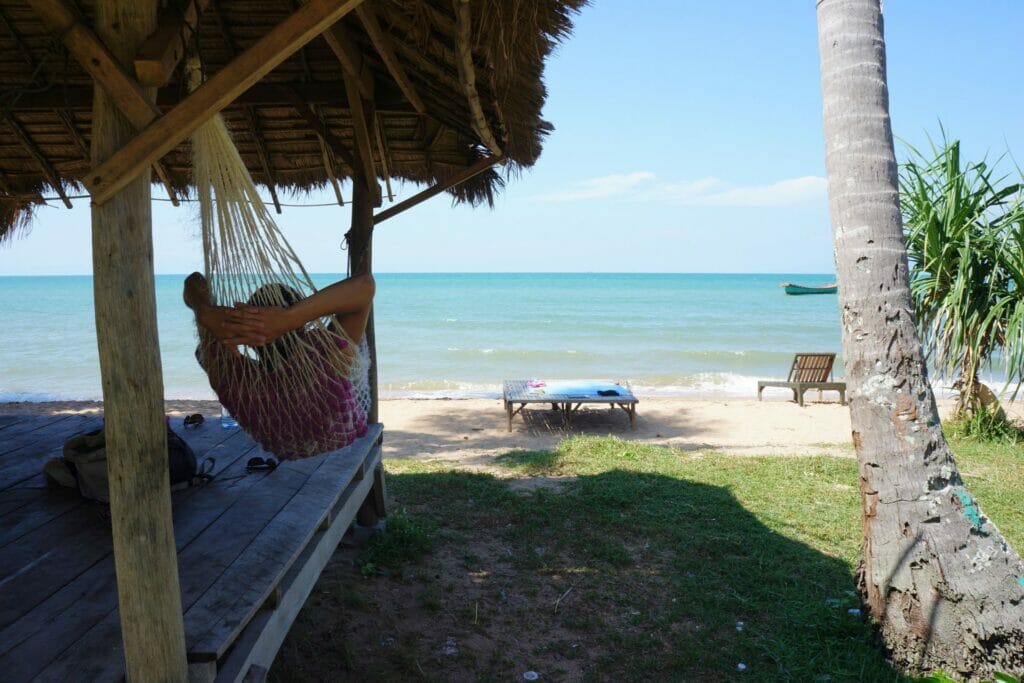
The “difficulty” of the countries
This is a very subjective point… With hindsight, it’s not really a criterion that concerns me anymore. I’ll mention it anyway, as it influenced my choice of countries when preparing the trip around the world itinerary.
Not all countries are created equal, and some may require a little more travel experience than others. Factors influencing the difficulty of a country include insecurity, extreme poverty, political instability, the status of women, climatic/environmental conditions, etc.
Take each country’s situation into account before making your decision. For example, we decided to start with Asia instead of South America. The reason? We felt more reassured by the idea of having a little more backpacker experience before discovering Latin America. What’s more, we’d have acquired a few good reflexes before venturing into certain countries “reputed to be more dangerous”. I use quotation marks deliberately, because of course, an incident can happen anywhere… Just because you’re in a country with a high crime rate doesn’t necessarily mean you’ll end up with a gun to your head – far from it!
In general, all it takes is a little common sense and a few basic precautions. If you’re interested in the subject, we’ve written a full article on travel risks and, more specifically, another on safety in South America.
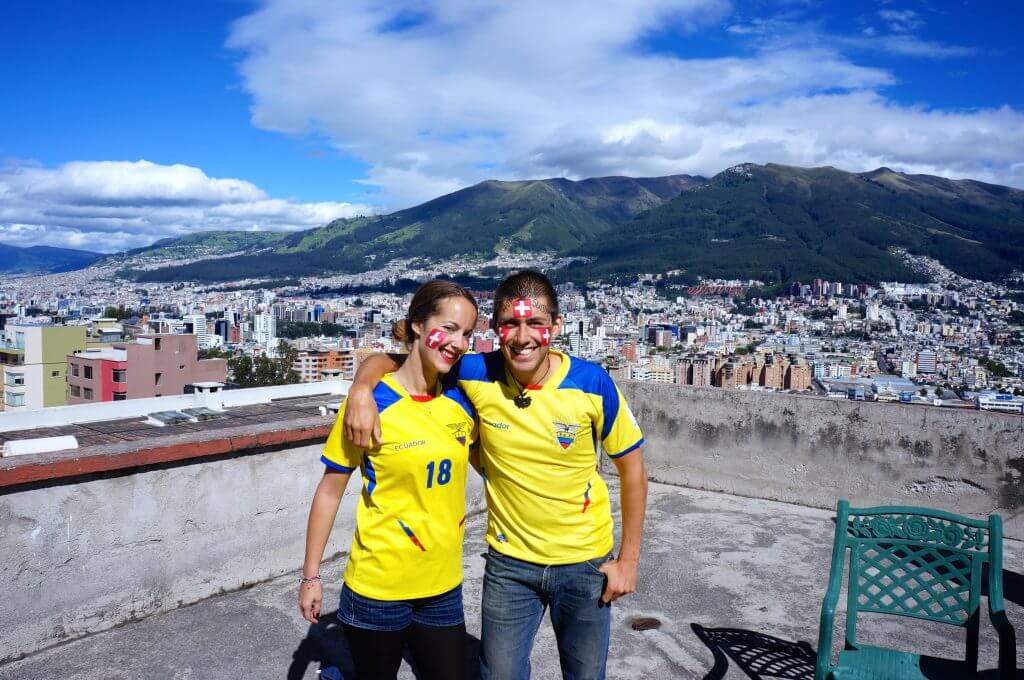
Cost of living by country
Once again, money is an important factor when planning an itinerary for a round-the-world or long-term trip. For example, the average daily budget for travel to Laos is just 22 euros. To Australia? 57 euros. To the USA? 98 euros! As you can see, 1 year in Southeast Asia and South America won’t cost you the same as 1 year in Australia, Japan, New Zealand, the USA or Europe.
Once again, it’s time to make some country choices. This is exactly why we decided (during the trip) to eliminate Australia from our final itinerary. Giving up 1 month in Australia allowed us to spend 2-3 more months in South America on the same budget!
For more information on costs per country, please consult our complete article on the round-the-world budget and all our articles devoted to travel budgets. At the bottom of the page, you’ll also find a list of the cheapest countries to travel to!

Climate and seasons
We all agree that travel includes a certain amount of adventure. But personally, if I could avoid arriving right in the middle of the rainy season in Asia, or when it’s -25°C in Mongolia, it would be better, wouldn’t it?
Of course, it’s possible to travel to a country even if it’s not the best season. It may even make the trip a little more pleasant: (often) fewer tourists and lower prices! But it’s worth planning your itinerary according to the wet and dry seasons.
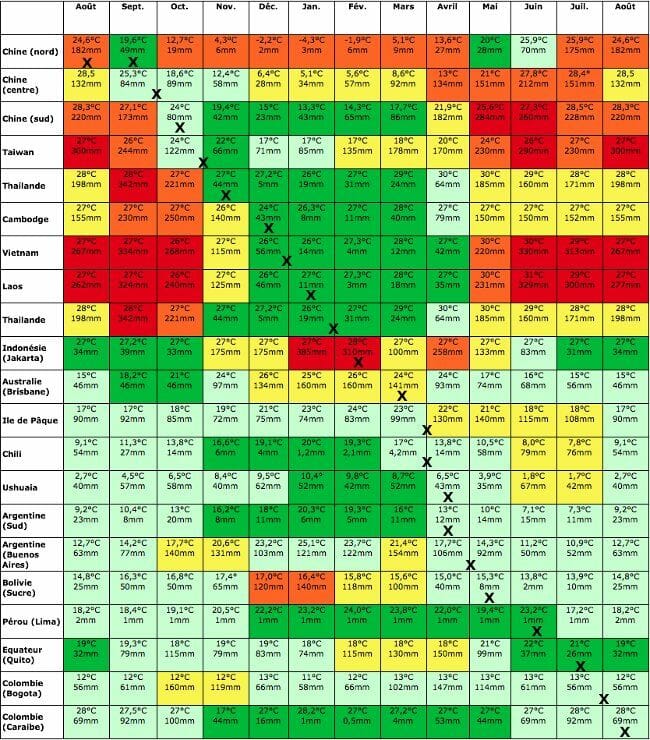
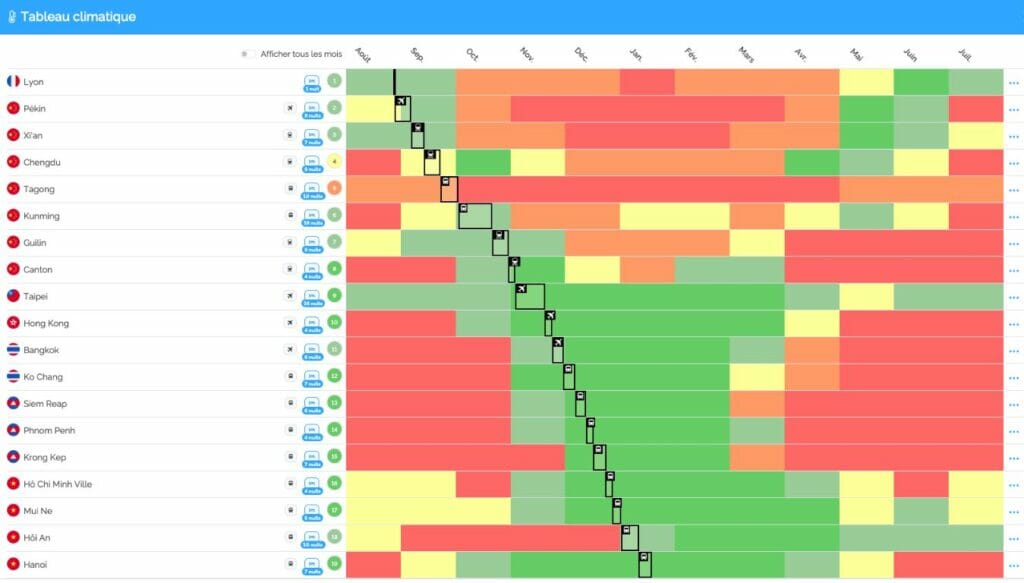
To create our itinerary, we drew up a table showing the ideal seasons for each country. We took into account the average temperature and rainfall for the 12 months of the year. If we had to plan our round-the-world trip again, today we’d use our buddy Nico’s super tool, the a-contresens planner (soon in English!), which automatically generates a table of climates. But we’ll talk about the planner a little further down with an example.
Once again, making an itinerary doesn’t mean putting up barriers. To illustrate this, let’s go back to our initial planning. We actually stuck to it until we reached Taiwan. Then we realized that we didn’t want to travel that fast… So we arrived in Laos in mid-February instead of January, and in Indonesia in April instead of February! In the end, we landed in South America in May, starting with Patagonia. But the climate was already getting too hot for that time of year. So we changed our plans and flew to Quito, where we learned Spanish for 2 months! In short, we ended our South American tour in January in Patagonia instead of August in Colombia!

The direction of your trip
If you opt for a round-the-world ticket, you’ll be obliged to choose a direction for your trip: either eastbound or westbound. With this type of ticket, you’ll only be able to cross the Atlantic and Pacific oceans once.
On the other hand, forget the idea of enjoying spring in Argentina, cherry blossom in Japan, surfing in Australia, smoking a cigar in Cuba, summering in Russia and then wintering in Asia with a stopover in Tahiti! We’re going to have to make some choices (again!).
Carbon footprint and slow travel
More and more people are taking these trips around the world: traveling around the world without flying, traveling slowly and more responsibly… This philosophy and this way of travel have a major influence on the itinerary.
Around the world without flying
It may seem impossible to travel around the world without taking a plane, especially when it comes to crossing oceans and seas. But some have done it! Making this choice pushes the travel experience even further.
Perhaps you’ve heard of Thor, a Dane who traveled around the globe in 10 years, without once flying? He crossed the globe and visited 195 countries, traveling by land and sea.
But others have succeeded in meeting this “challenge” within the “standard” duration of a round-the-world trip: Ed spent just 381 days across the world without flying.
If you’d like to find out more, take a look at Carbone 4’s FAQ, which deciphers all the preconceived ideas about aviation and the climate.

Slow travel
A year is both long and short. There’s no point in planning to visit 30 countries in such a short space of time! Visit less, but better.
A country the size of China covers 9.6 million km2. That’s roughly 17 times the size of France and 234 times the size of Switzerland… So do you really think you can visit China in 2 weeks? It’s as if you had less than a day to visit France and wanted to know what there was to see at all costs… Impossible!
Between you and me, if you’re taking a year off, it’s probably not to race against the clock. So take it easy, plan a reasonable number of countries and make the most of it! So take it easy, plan a reasonable number of countries and enjoy! You’ll still have plenty of time to discover the rest of the world later in life. And who knows, maybe you’ll develop such a taste for travel that you’ll stay on the road for 10 years!
Visas
There’s no need to worry too much about visas! You can easily apply for visas for most countries along the way. Remember that there are only a few countries that require a little more organization for this administrative side of your round-the-world trip. I’m thinking in particular of Russia and China.
We started our round-the-world trip itinerary in China because we wanted to stay there for between 2 and 3 months. In the end, that’s not such a long time when you consider the size of the country! But to get a 3-month visa, we had to apply from the Chinese embassy in Switzerland, and it wasn’t possible to get such a visa en route. So we applied for our visa from home before leaving for the first country on our trip.

How do you plan a trip around the world itinerary ?
Now that you know what you need to pay attention to, here’s our little method (which is, after all, very personal) for preparing a travel itinerary.
The inspiration phase
This is obviously the part we prefer when we’re in “sponge mode”. You look for information online, scour as many travel blogs as you can for inspiration and ideas, watch great videos, listen to travel podcasts, and so on. The idea is simply to come up with a list of things we dream of doing and places we absolutely want to discover.
Before our trip around the globe, we had a big map of the world in our living room. Whenever there was a country we had to see, we’d put a little pin on the map. That way, we always had the map in front of us and could better visualize distances and borders. And that’s how, over the weeks, we saw our project evolve and our itinerary take shape. The map is also a good way of pooling your desires if you’re traveling with several people, and of making compromises.
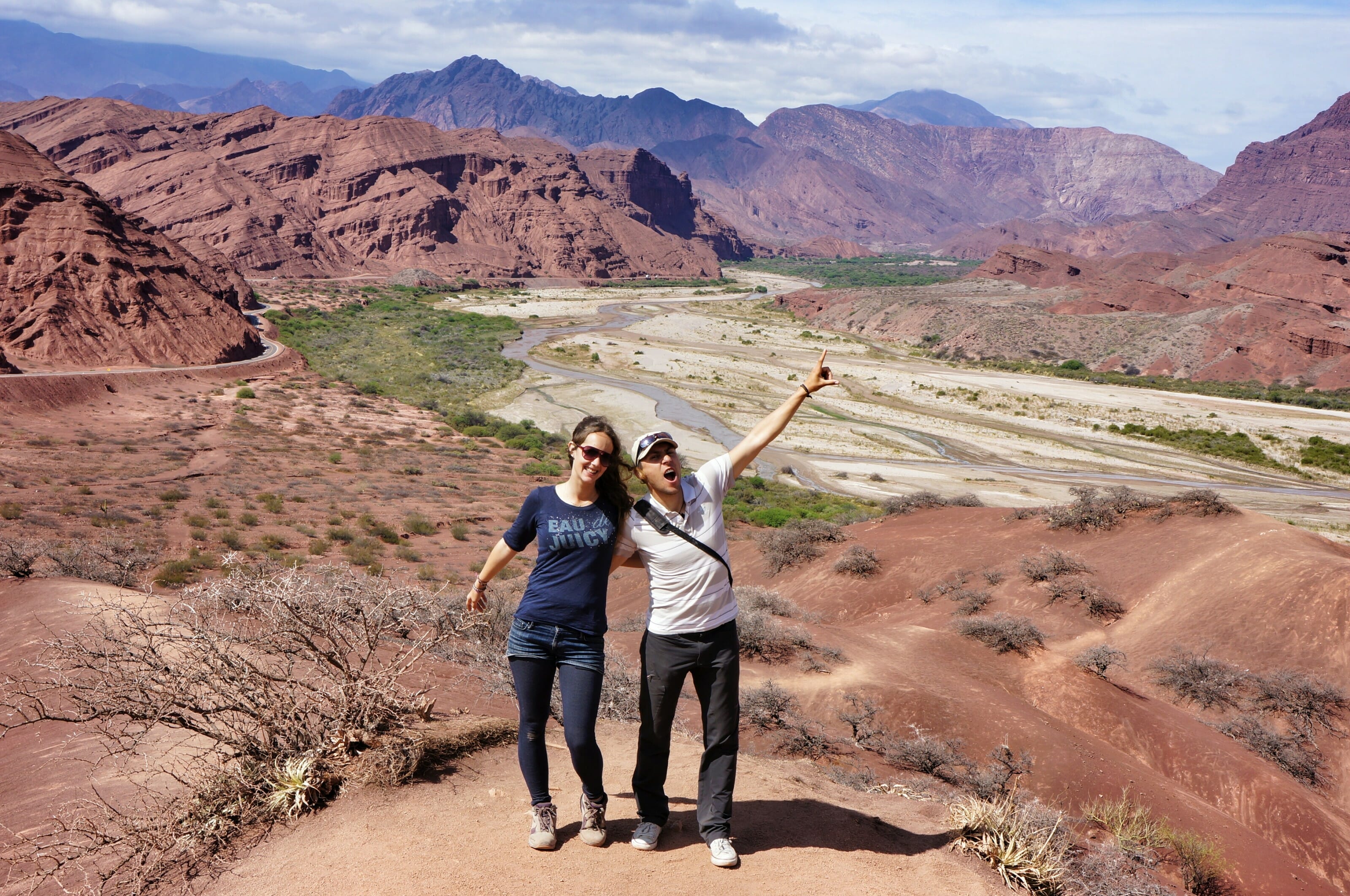
Integrating constraints with the planner
Once you’ve got your dream list, sort it out by taking into account the constraints we mentioned earlier. For this, we really recommend using the planner on the a-contresens blog, run by Nico and Aude.

Nicolas is a passionate traveler, but also a real geek. Having just returned from his first trip, he decided to create a tool to help future travelers plan their itinerary. The planner helps you integrate all the constraints into your itinerary around the world:
- budget: behind the planner lies a database containing thousands of travelers’ budgets. Using all this information, the tool estimates the average daily budget for each country. Once you enter your provisional itinerary into the tool, it will give you an approximate budget for your trip. Frankly, for our part, this approximation turned out to be very close to reality.
- climate: the planner integrates very precise information on climate and the best seasons to travel in each country. You’ll automatically get a great table that tells you if you’re in the right places at the right times!
- visas: you’ll also find helpful information on visas (for French nationals) in each country.
- and much more: safety information, recommended vaccines, important telephone numbers, internet, etc.
The site is very intuitive when it comes to planning your itinerary. You enter your dates, stages and routes, and in just a few clicks you’ve got your around-the-world itinerary!
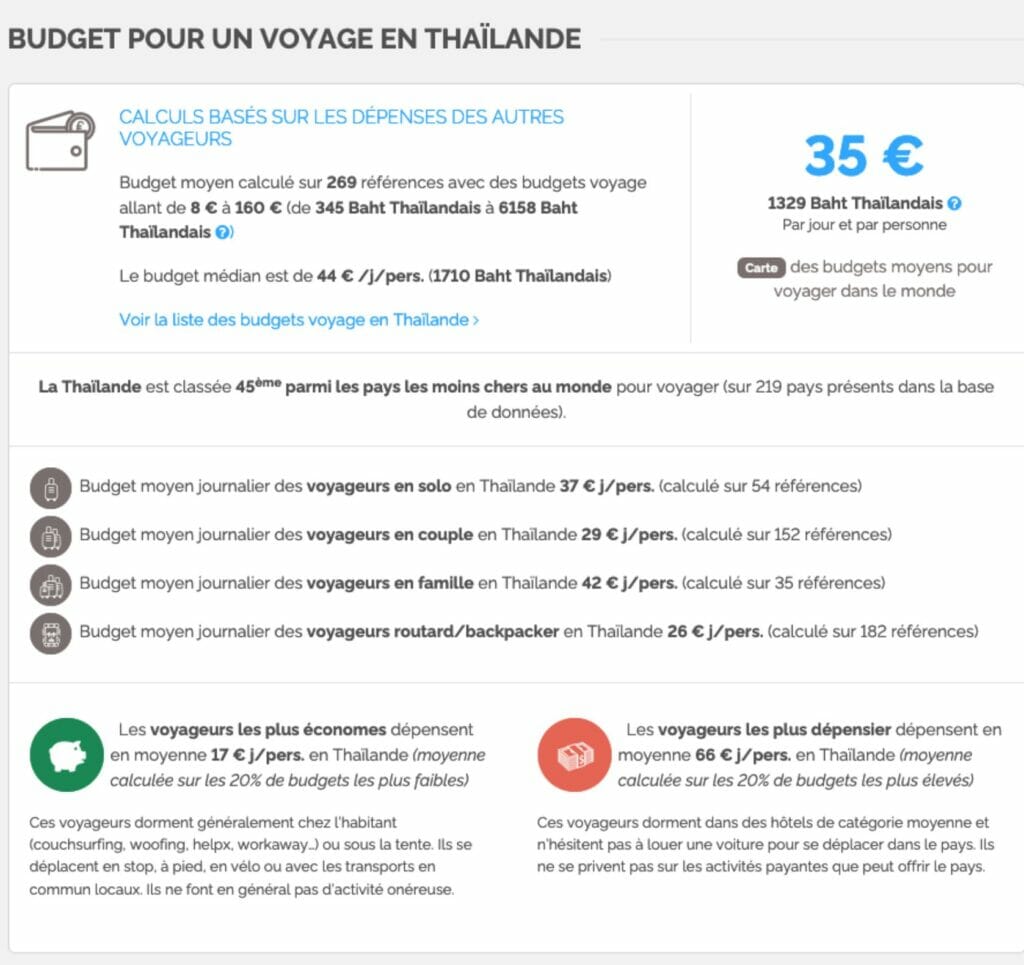
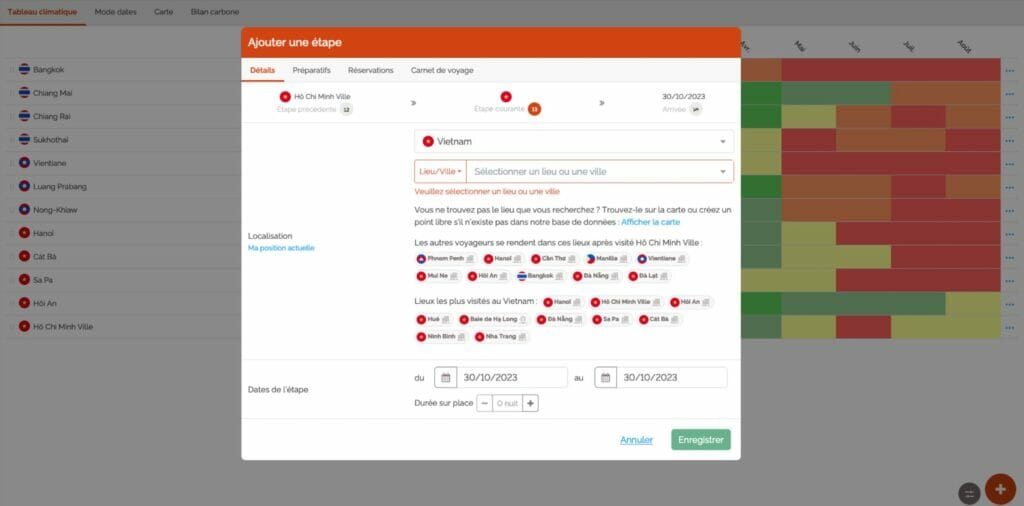

Our itinerary around the world
Below you’ll find the map we created with the planner for our round-the-world trip. Let’s face it, it wasn’t quite as accurate before we left, and we corrected it on the way home to post it on our blog. Once you’ve clicked on it, you’ll notice the buttons at the bottom right of the map displaying the estimated budget for your trip around the world, as well as the climate map (which we took the trouble to make by hand!). Pretty cool, huh?
Today, it’s the best tool you can have for a clear and precise itinerary, whether you’re on a round-the-world trip or a long-term trip. The planner is already in its 3rd version!
We came across the planner by chance in 2011. We were total fans and signed up straight away. We didn’t know it, but we were only the 2nd to sign up. We used it throughout our trip, scrupulously entering our numbers. In 2015, we met Nicolas at a conference and since then, he’s become a very good friend who we see very regularly. Just goes to show that even great friendships can come out of budget planning!
Final tips for traveling around the world

Making an itinerary is good. Not sticking to it is even better!
Even if you’ve spent a lot of time planning your around-the-world trip’s itinerary, be flexible and don’t hesitate to change what’s planned according to what you meet and what you feel like doing at the time. A round-the-world trip is a once-in-a-lifetime opportunity. You’re entirely free to do what you want when you want. Zero constraints! It would be stupid to miss out on a great experience just because it wasn’t on your original itinerary.
In our case, we changed practically all the dates of the flights included in our round-the-world ticket. We traveled longer in China, stayed almost 2 months in Vietnam, skipped Australia, and reversed the order of our trip to South America to take a 2-month Spanish course in Quito. None of this was planned, but it was what we wanted to do at the time!
Here’s the video of our 7 weeks in Vietnam! If you’ve read everything so far, your brain must be fried!
What are the cheapest countries to visit?
🎶 Money, money, money 🎶 ABBA sings it very well and I don’t need to hum it to you. As mentioned above, many travelers leave with a budget defined in advance! As a result, money can be a bit of an issue, especially when it comes to choosing which countries to travel to!
When we planned the itinerary for our round-the-world trip, I dreamed of going to South Africa (I’m still dreaming about it, by the way) and seeing the Northern Lights in Norway (we did that after we got back!). For his part, Benoit wanted to discover Japan. And Tahiti was on our radar, not to mention Australia and New Zealand!

In the end, we didn’t visit any of the countries mentioned above! So no, we’re not weathervanes who change your mind as often as you change your underwear, but it’s the fruit of a logical reflection based on our round-the-world budget. That’s right! These are among the most expensive countries in the world!
Let’s be honest for 2 minutes. The world is a vast place, and there are plenty of cheap countries to visit on a trip around the world! Not that these countries will ever be off our list! But it just made sense to put them aside when it came time to leave for 18 months on a limited budget.
So here’s a (non-exhaustive) list of the cheapest countries to travel to. We’ve based it solely on countries we’ve visited.
The cheapest countries to visit in Europe
- The Baltic States: Estonia, Lithuania and Latvia are the cheapest countries in which to travel. We spent 2 months there in winter, and it was a great experience.
- Greece: We love this country, especially the Cyclades! Our last visit was in the middle of winter, outside the tourist season, which kept the budget down: 25 euros per day per person.
- Spain: Ah, tapas, sunshine and good wine! We’re big fans! Budget-wise, it depends a lot on the region, with the big cities being more expensive. On average, you should expect to pay around 35 euros per person per day. We spent 6 weeks in Menorca in autumn 2017 and the whole of winter 2018-19 in Tenerife.
- Croatia: We’ve never been there together: Benoit with friends and me with my best friend! We both have great memories! Budget: around 35 euros per day (partying 😉). In 2019, we went back (2 of us!) via Zagreb.

The cheapest countries to visit in Asia
- Laos: A superb country not to be missed! The budget for travel there is around 20 euros per person per day. Find out more about Laos here.
- Cambodia: A must for road trips in Southeast Asia. Cambodia too can be visited on a more than reasonable budget! Expect to pay around 20 euros per person per day.
- Vietnam: Our favorite country in Asia! We spent 2 months in the country instead of the 3 weeks we had planned, that’s for sure! For a trip to Vietnam, allow around 23 euros per person per day.
- Indonesia: Beautiful landscapes, wonderful people, divine cuisine! The budget for our trip to Indonesia was 22 euros per day, but it included plenty of activities: surfing lessons, volcano climbing, trekking, etc.
- Thailand: A bit of a place to go for backpackers, but also a wonderful country and people! Budget in Thailand: around 22 euros per day per person.
- China: Our first round-the-world trip and first culture shock. We loved it! Budget: around 22 euros per person per day, but this depends on the region. Find out more about a trip to China here.
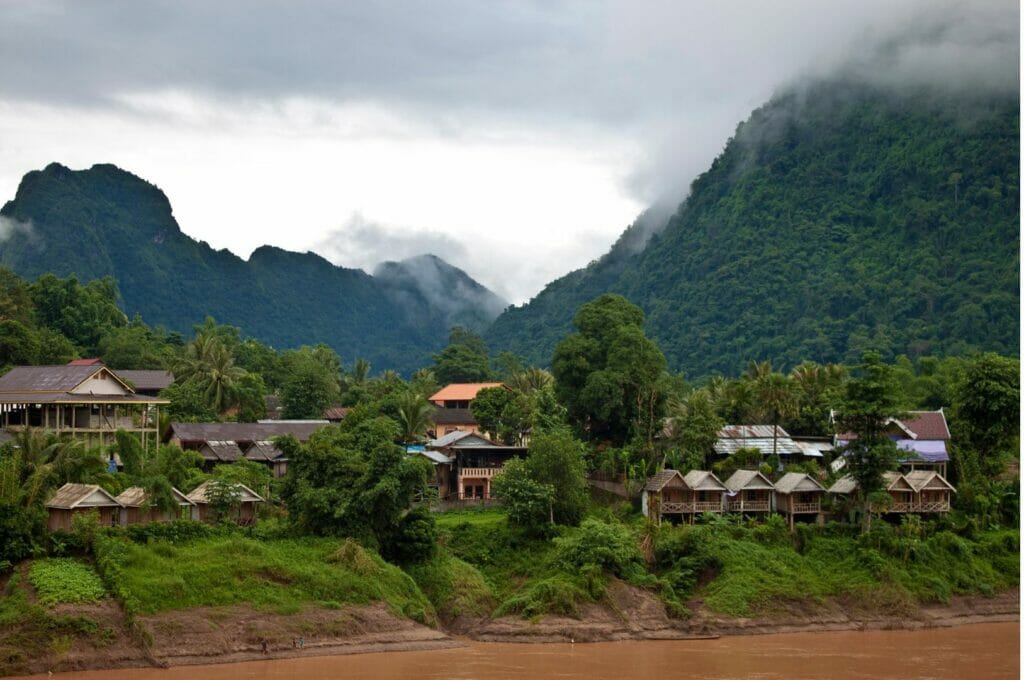


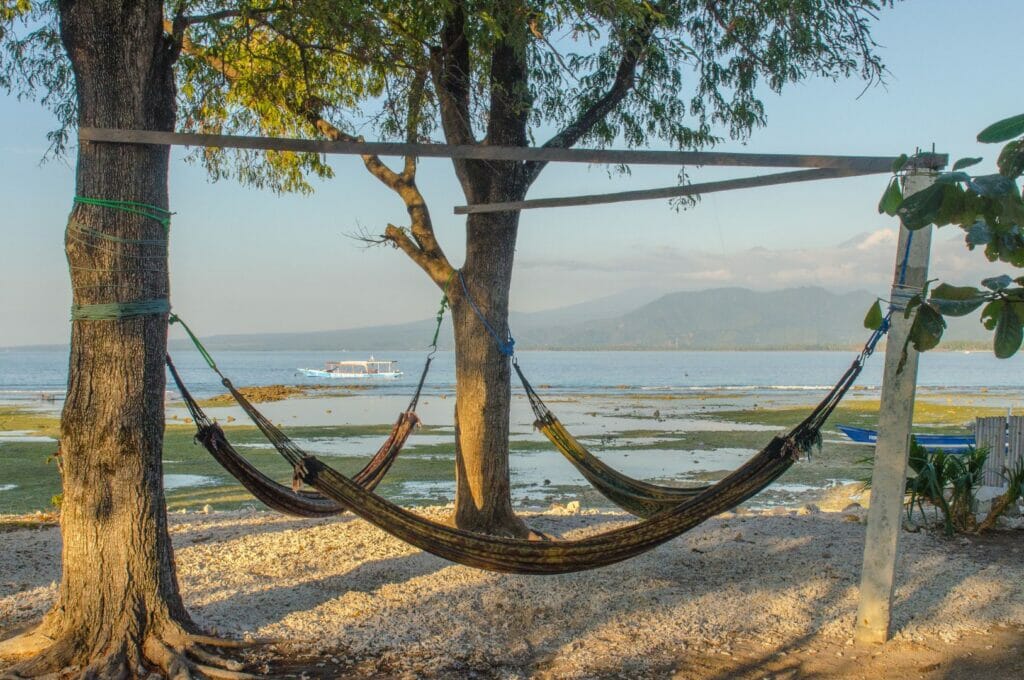
The cheapest countries to visit in South America
- Bolivia: This is probably the cheapest country in South America! During our visit, we had a budget of 21 euros per day per person, with plenty of activities!
- Peru: A sublime country offering many hiking possibilities! The average budget for Peru is around 25 euros per day per person. If, like us, you do a lot of trekking and sleep regularly in tents, then the budget can be reduced even further. For us, the budget for Peru was 20.7 euros per day per person.
- Ecuador: One of our favorite places in South America! We spent 3 months there during our trip, and it paid for itself! The average daily budget is around 25 euros per person per day (excluding the Galapagos).
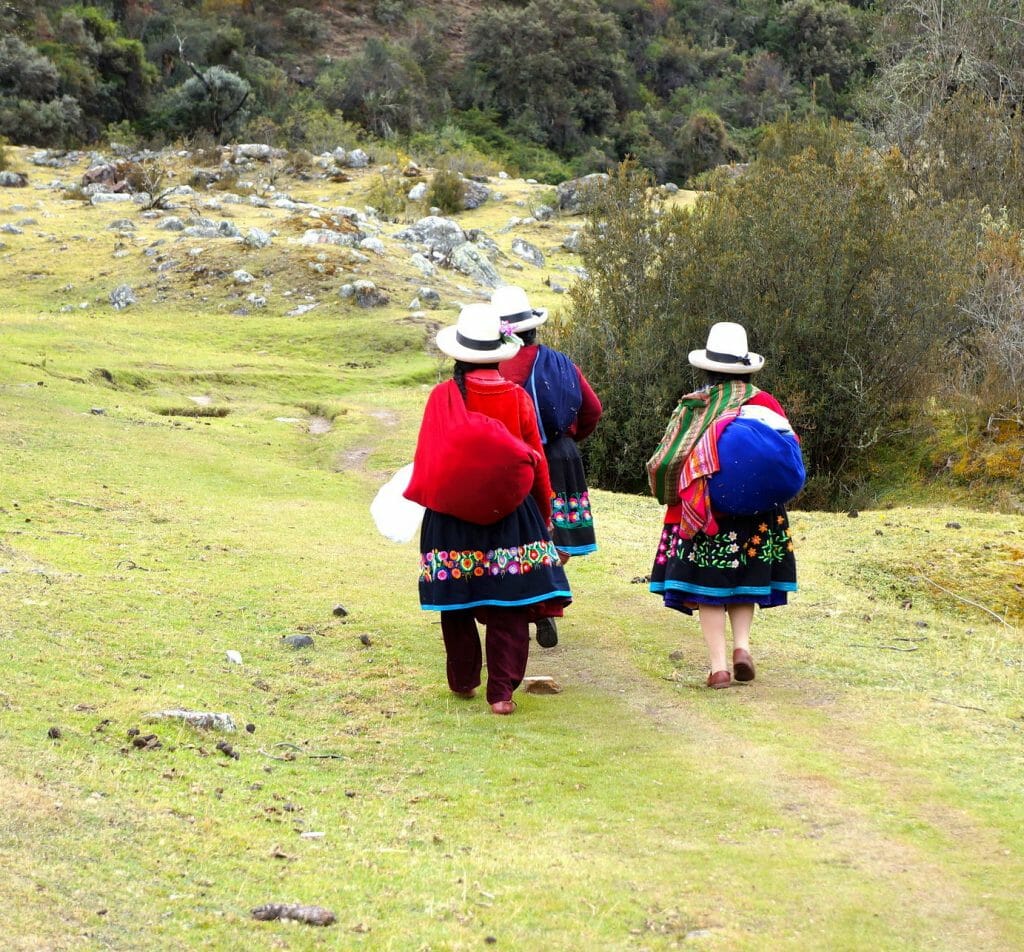
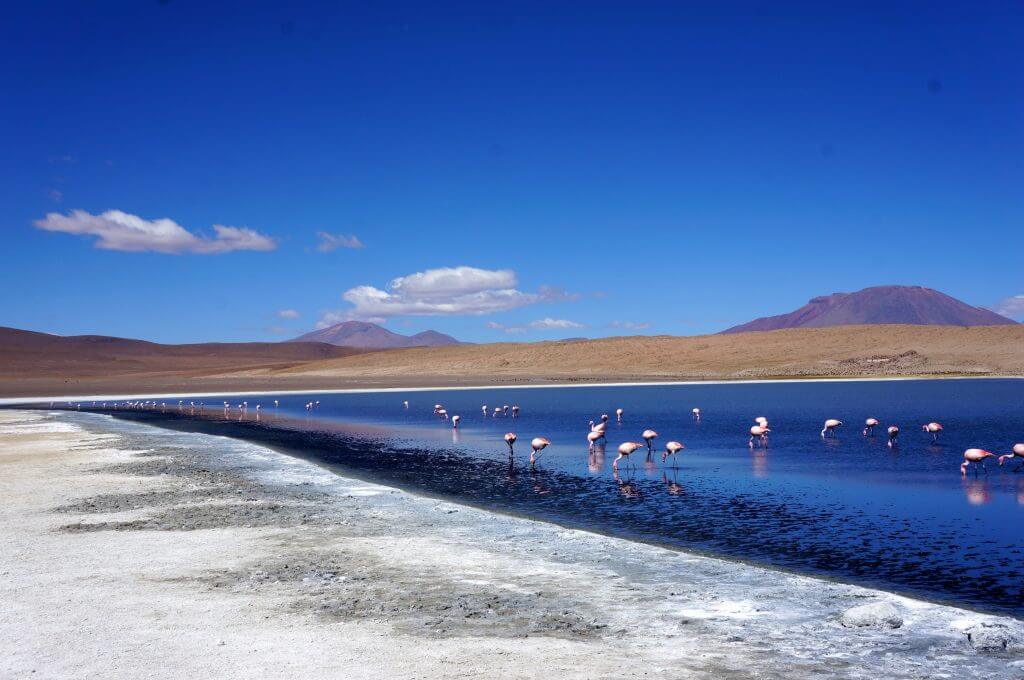
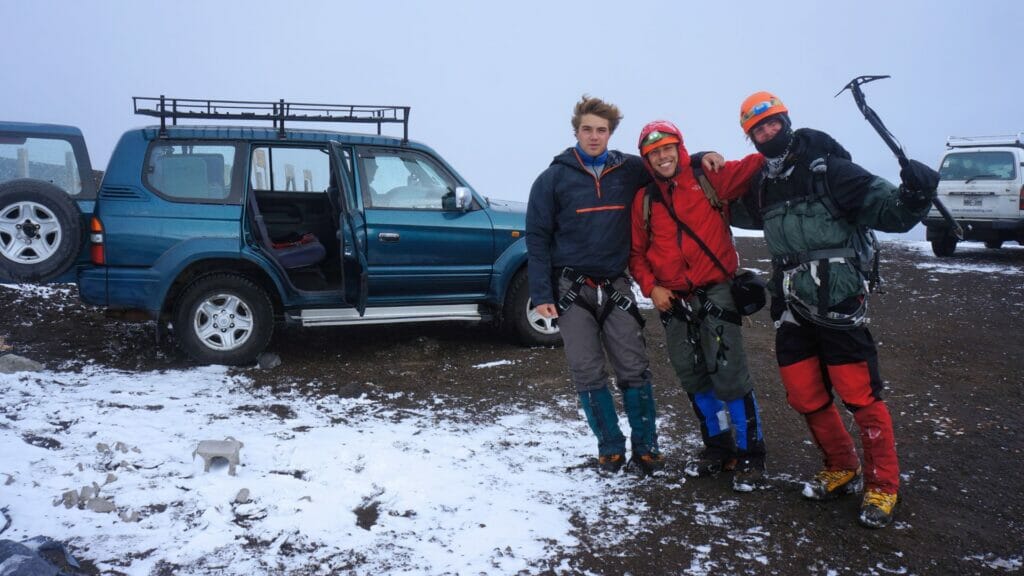

You’ll notice that I’ve wholly omitted Oceania and Antarctica from the list. The only reason is that the cost of living on these continents is much higher, or the costs associated with getting there are astronomical!
Some ideas and examples for round-the-world itineraries
I had intended to give you a few ideas and examples of around-the-world itineraries. In the end, I’d simply say let your desires guide you. In fact, there are almost as many itineraries as there are backpackers. There are no limits (except perhaps for certain war-torn countries) and I feel I’d be doing you a disservice by giving you ideas for more or less classic itineraries.
And while it may sound a bit cliché, more than the destinations you’ll discover, it’s the journey to get there that really counts, and the experiences you’ll make along the way.
If you want some sample itineraries, we suggest you use the a-contresens planner search engine below. It contains thousands of trips around the world itineraries, so you should be able to have a bit of fun!
Now, we hope you have a more or less clear idea of your around-the-world itinerary! For the rest of your trip preparations, we’re going to tackle a subject that divides backpackers a little, round-the-world tickets. Are you following?
Download our free pdf E-book!
Subscribe to our Newsletter and get a free E-book with more than 100 pages to help you prepare your trip around the world
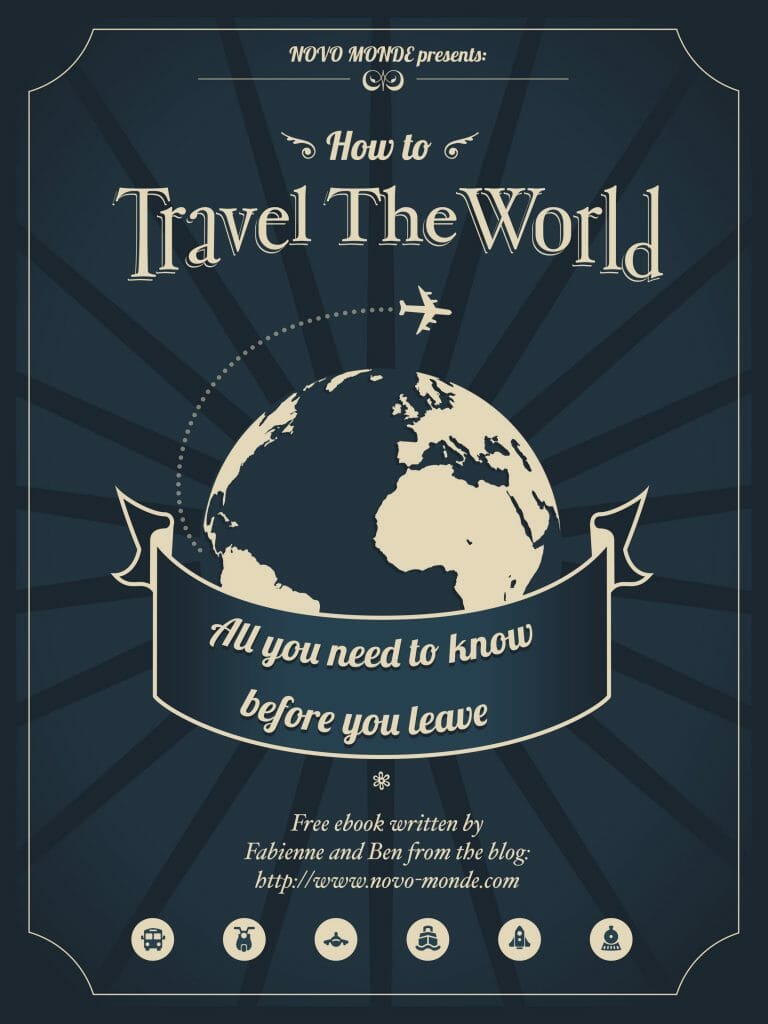
Pin it




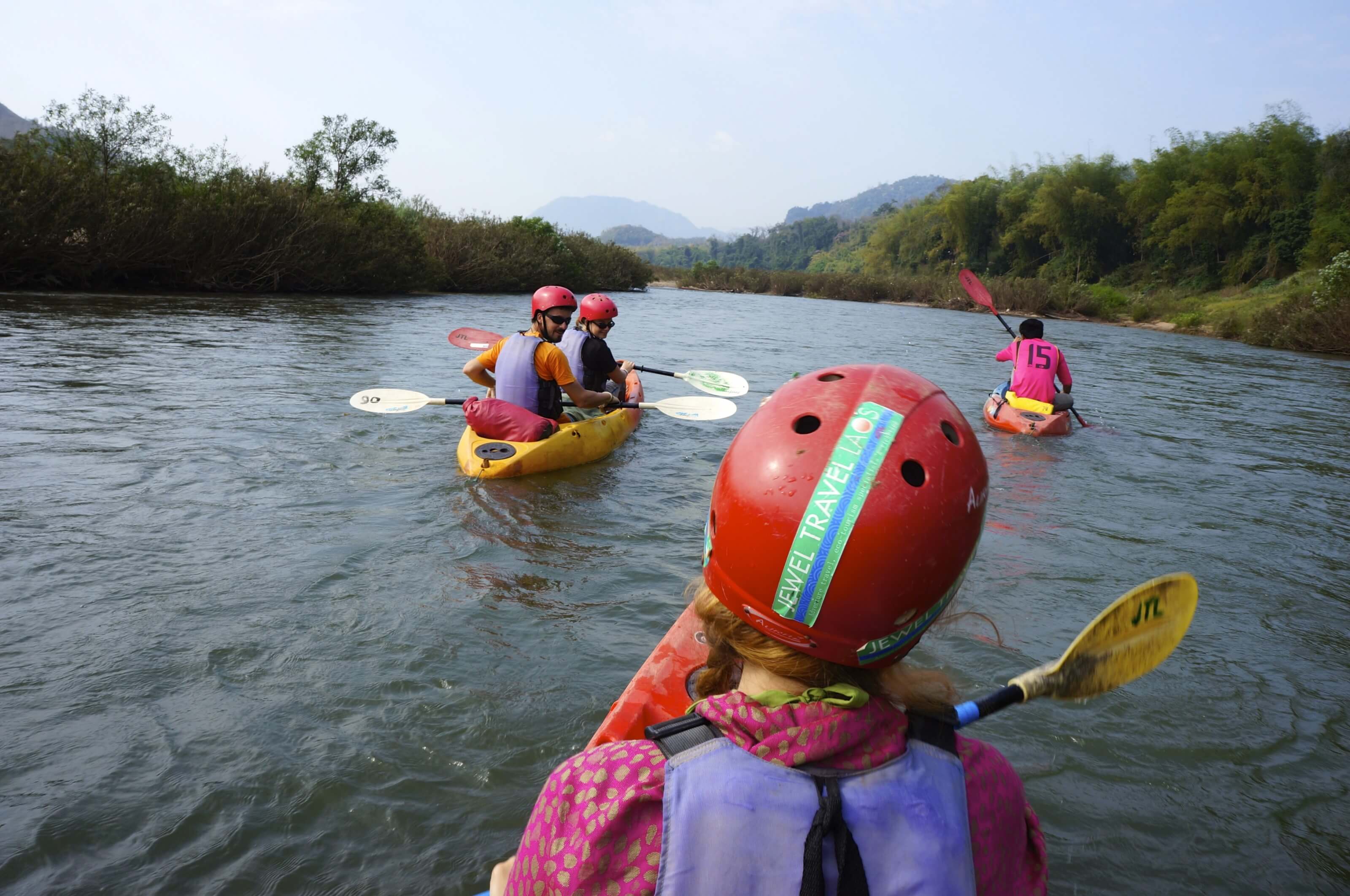
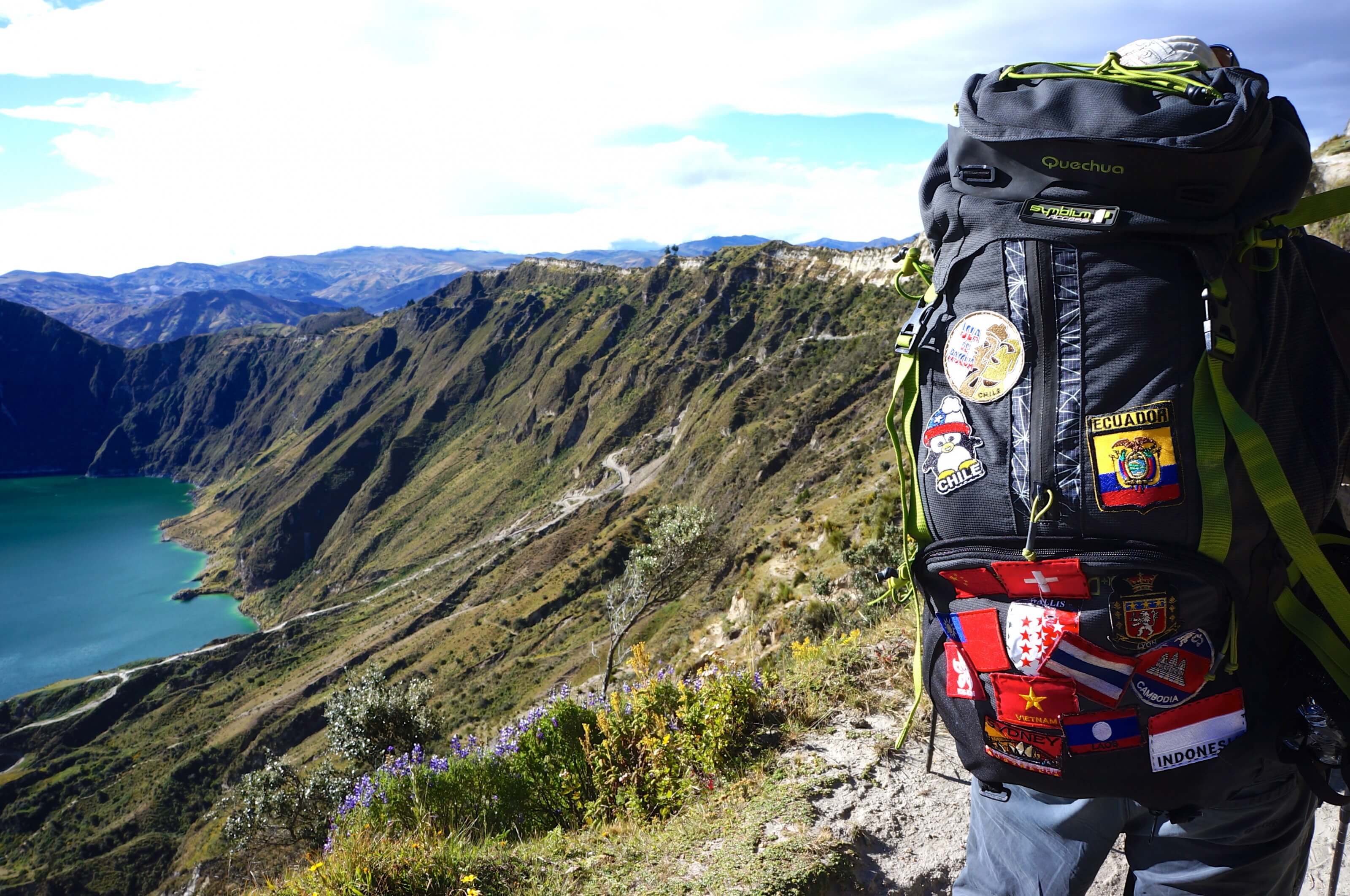


Join the discussion